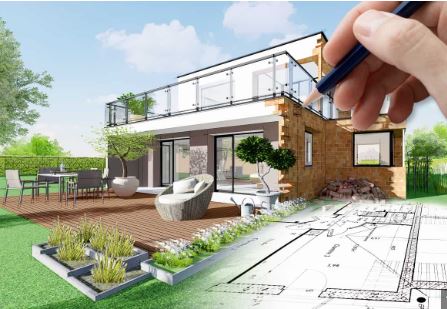- Home
- Blog
Blog
- Home
- Blog
Why Structural Steel Manufacturing is the Smart Choice for Modern Construction Projects?
Why Structural Steel Manufacturing is the Smart Choice for Modern Construction Projects?Structural steel has become an essential material in various industries, offering numerous benefits
that make it an attractive option for many projects, especially in construction. Whether it's used in
buildings, bridges, or other infrastructure, structural steel provides significant advantages that
simplify the construction process, enhance performance, and reduce costs.
Benefits of structural steel
1. Prefabrication: Saving Time and Effort
One of the most significant advantages of using structural steel is the ability to prefabricate parts
off-site. This means that most of the components are manufactured, cut, and shaped in factories
before being transported to the construction site. This process drastically reduces the amount of
on-site labour, minimizes construction time, and speeds up project completion. By having
prefabricated parts, assembly becomes more efficient, allowing projects to progress much faster
compared to using traditional materials like concrete.
2. Enhanced Visual Appeal
Steel is also a visually appealing material, offering a sleek, modern look. Its clean lines and sharp
contrasts stand out when compared to other construction materials like wood or concrete. Many
architects and designers choose structural steel because it not only provides strength but also
contributes to the aesthetic value of a building or structure. The use of steel can create bold,
striking visuals that give buildings a unique and modern appearance, making them a popular
choice in contemporary architecture.
3. Superior Performance and Durability
When it comes to performance, structural steel stands out due to its incredible strength and
durability. Despite being lightweight compared to other metals, it offers high tensile strength,
meaning it can withstand heavy loads without bending or breaking. Structural steel is also
resistant to various environmental factors like wind and seismic activities, making it a reliable
choice for long-term projects. Its durability ensures that structures built with steel last for decades
with minimal wear and tear, making it an ideal material for high-rise buildings, bridges, and other
large infrastructure projects.
4. Cost-Effective Solution
Steel is not only durable but also cost-effective. Compared to other building materials like concrete
or timber, structural steel is more affordable in the long run. While the initial cost may seem higher,
its prefabrication process, lower maintenance needs, and longer lifespan translate to significant
savings over time. Structural steel provides excellent value for money, offering high strength and
durability at a lower overall cost, which makes it an attractive option for budget-conscious projects.
5. Longevity with Minimal Maintenance
Another major benefit of structural steel is its longevity. Steel structures require less maintenance
compared to other materials, reducing long-term upkeep costs. Although steel can be vulnerable
to corrosion or extreme heat, proper treatments such as galvanization and fireproof coatings can
address these concerns, further extending the material’s lifespan. With proper protective
measures, steel structures can endure for years with little maintenance, ensuring lasting
performance and safety.
6. Malleability and Customization
Steel is known for its malleability, allowing it to be easily shaped and tailored to fit the unique
requirements of any project. Thanks to advancements in welding techniques and manufacturing
technologies, structural steel can be easily modified to create complex designs or fulfil specific
engineering requirements. Additionally, since steel is an alloy, different properties can be added
to enhance its strength, flexibility, or resistance to specific environmental factors. This adaptability
allows for greater creative freedom and ensures that steel can meet the diverse demands of
various industries.
7. Environmentally Friendly
Structural steel is an eco-friendly choice in construction due to its 100% recyclability. A significant
portion of the steel used today is made from recycled materials, decreasing the need for new raw
resources and minimizing environmental impact. This ability to recycle steel also helps minimize
waste, supports a circular economy, and makes a sustainable option for environmentallyconscious projects.
Structural steel is a strong, adaptable, and sustainable material, making it ideal for modern
construction. While it has some vulnerabilities, like corrosion or heat susceptibility, these can be
managed with modern treatments. However, structural steel is a valuable choice for long-term
success in various industries.
Written By:
Ayesha Jayasinghe
2024/09/22

